DogBarkings.comDESCRIPTIONThe Miniature Schnauzer is small, yet robust dog, squarely built with a clear terrier-like appearance.?The have a long head, with a bushy beard, mustache and eyebrows.?The ...
DogBarkings.com
DESCRIPTION
The Miniature Schnauzer is small, yet robust dog, squarely built with a clear terrier-like appearance.?The have a long head, with a bushy beard, mustache and eyebrows.?The eyebrows and long mustache are trimmed by many owners in order to accentuate the square cut appearance of the breed.?The Miniature Schnauzer is double-coated with the undercoat lying close and tight to the body with a dense, soft texture, whilst it is protected by the harsh, wiry and hard outer coat.?They can come in the colors: solid black, salt and pepper, black and silver and white.?The head is strong and rectangular in shape, with small v-shaped ears (usually cropped where allowed).?The muzzle meets in a scissor bite of some power and is rather blunt in shape.?The eyes are oval-shaped, small and brown, deep set, with an expression of intelligence and alertness.?Miniature Schnauzers have a arched neck, full of power and leading to topline that slopes gently toward the tail.?The tail is carried high and erect and where allowed, is usually docked.?They have round, compact and cat-like feet.
TEMPERAMENT
The Miniature Schnauzer is an intelligent, loyal and affectionate breed, full of alertness and energy.?They are playful and happy and get on well with children.?A feisty breed they will put on quite the aggressive show toward other dogs (this can be reduced through proper human leadership and training), however their bark is worse than their bite in most cases and they tend not to follow through with full on attacks.?Socialization is important as a puppy as it will introduce the Miniature Schnauzer to different experiences including other dogs at a young age, allowing it to learn that it doesn磘 always have to go into protection mode.?If owners display correct 碼lpha dog?traits and the Miniature Schnauzer is disciplined correctly from a young age, then they can make wonderful companion pets, as well as getting along with other dogs in the home.?The Miniature Schnauzer tends to bark frequently although it isn磘 as yappy as other smaller breeds and carries a bit more punch in it.?They can make excellent watch dogs due to their vocal and territorial nature, however due to their smaller size they are not recommended as guard dogs.?They can be susceptible to Small Dog Syndrome and so it is vital that they are made aware from a young age their place in the 磃amily pack,?which should be lower than all of the humans.?This will help to resolve many behavioural issues associated with the breed and go a long way to making your relationship with your Miniature Schnauzer that much more enjoyable.
HEIGHT: 30-36cm (12-14 inches)
WEIGHT: 5-7kg (10-15lbs)
HEALTH
The Miniature Schnauzer is generally a healthy breed, however some may suffer health problems associated with high fat levels. Such problems include hyperlipidemia, which may increase the possibility of pancreatitis. Other problems that can occur are diabetes, bladder stones and eye problems. Feeding the dog low or non-fatty and unsweetened foods may help avoid these problems.?The Miniature Schnauzer also shows very little sign of ageing until very late in life.
LIVING CONDITIONS
The Miniature Schnauzer is relatively active indoors, although due to its smaller size this doesn磘 pose to much of a problem and thus they are suitable for apartment life.?They will do fine without a back garden or yard providing the receive regular exercise.
EXERCISE
Plenty of off leash play in safe areas is something the Miniature Schnauzer loves, whilst a long, brisk, daily walk is a must for their mental and physical health.
LIFE EXPECTANCY: 15 years
LITTER SIZE: Average of 4 puppies
GROOMING
To avoid matting the wiry outer coat of the Miniature Schnauzer should be brushed daily with a short wire brush.?Any knots that form in the coat should be clipped out.?Twice annually, Miniature schnauzers should be clipped to an even length across their whole body, this is best done by an expert in Spring and Autumn.?The hair around their eyes and ears should be trimmed with blunt-nose scissors and the whiskers should be cleaned after meals.?The Miniature Schnauzer is relatively hypoallergenic as it sheds little to no hair, therefore it is a good breed for allergy sufferers.?All Miniature Schnauzers should have their ears checked regularly and dried out after swimming due to a risk of infection, especially those with uncropped ears.
HISTORY
The Schnauzer line of dogs originates in Germany, where the original Schnauzer type has been used for herding, guarding, ratting and as companions since the 15th Century.?The original Schnauzer was developed into three lines, the Giant Schnauzer, the Standard Schnauzer and the Miniature Schnauzer.?Of these the Miniature Schnauzer is the newest line, coming into being during the late 19th Century.?Miniature Schnauzers were created by cross-breeding the Standard Schnauzer with the Affenpinscher, and possibly the Miniature Pinscher and Poodle.?They were originally bred for the job of ratting, however due to their distinctive look, they became a favorite of dog fanciers almost immediately and found popularity in the show ring almost from their conception.?The first breedings of Miniature Schnauzers in the United States took place in 1925 and the breed was recognised by the American Kennel Club in 1926.?However the Miniature Schnauzer was originally grouped with its larger brother the Standard Schnauzer, but in 1933 it was viewed as a separate breed.?After World War II the Miniature Schnauzer was subject to a huge rise in popularity, at one stage reaching third position for the most popular breeds in America.?Although not as popular today it still holds on to a top ten place for registered AKC breeds and is regularly seen in the show ring.
?

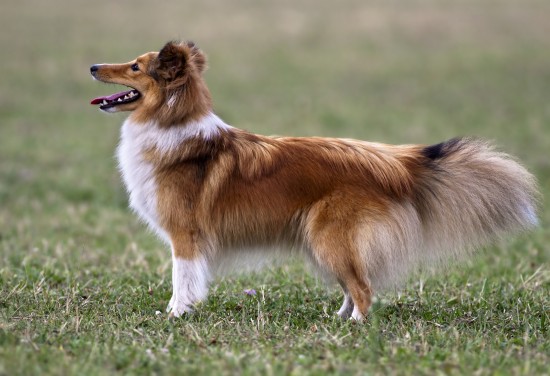 Shetland Sheepdog Hereditary Health And Health Testing
Shetland Sheepdog
Shetland Sheepdog Hereditary Health And Health Testing
Shetland Sheepdog
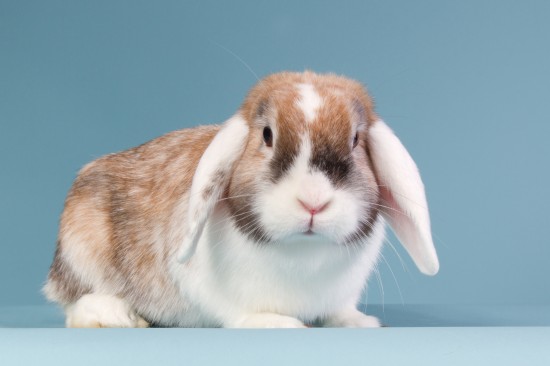 8 Conditions Rabbits That Affect Pet Rabbits
8 Conditions Rabb
8 Conditions Rabbits That Affect Pet Rabbits
8 Conditions Rabb
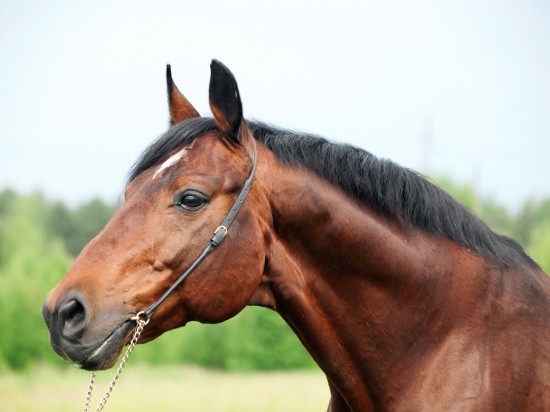 Why Do Some Thoroughbred Horses Get Nose Bleeds?
Why Do Some Thoro
Why Do Some Thoroughbred Horses Get Nose Bleeds?
Why Do Some Thoro
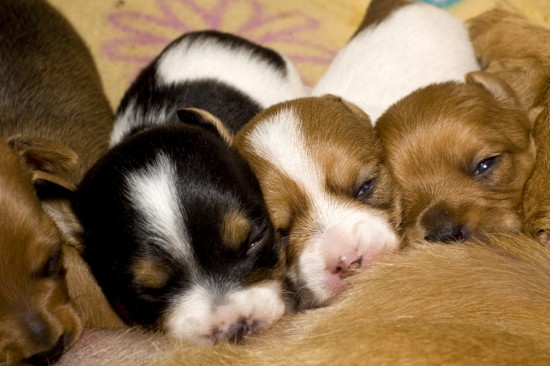 What You Need For Whelping- Getting Ready For The Birth
What You Need For
What You Need For Whelping- Getting Ready For The Birth
What You Need For
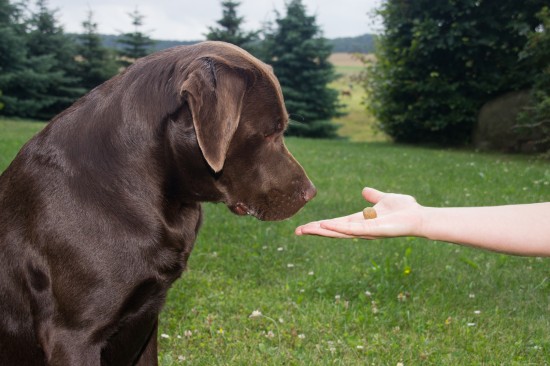 How To Choose A Dog Trainer
How To Choose A D
How To Choose A Dog Trainer
How To Choose A D